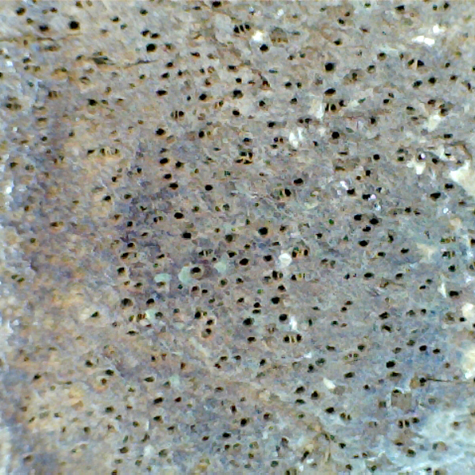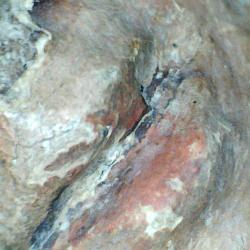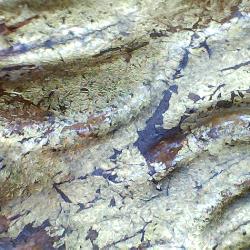Catalogue
THE ALTARPIECE OF THE SALDAÑA CHAPEL
SCIENTIFIC ANALYSIS
Analysis of 12 samples: 2 of wood, 6 of polychrome decoration and 4 of pictorial layers*.
Results:
- Wood used in altarpiece (undetermined whether predella or frame): poplar (Populus)
- Wood used in reliefs: walnut (Juglans sp)
Polychrome decoration:
- Polychrome decoration applied to two layers of gypsum, the thicker lower layer 150-300μm thick and the thinner, upper layer 100-390μm thick. Agglutinated using animal glue and surface impregnation.
- Diversity of agglutinates: traces of probably egg tempera, glue distempers (blue azurite) and linseed oil (incarnations).
Pigments used: white lead, ochres, yellow iron oxide, vermillion, azurite, indigo, verdigris and charcoal.
Metal surfaces: 100% pure gold, silver.
The detection of gypsum in the preparation leads us away from a possible Flemish manufacture whose layers of polychrome decoration were usually mixed using chalk. This therefore inclines the balance in favour of local manufacture.
*Larco Chemical Report (Enrique Parra): Chemical Analysis of the Polychrome Decoration of the Saldaña Altarpiece in the Convent of Santa Clara in Tordesillas, Valladolid. 2013. AOR Report (Artes y Oficios de Restauración): 2012, Cultural heritage Archives.


.jpg)

